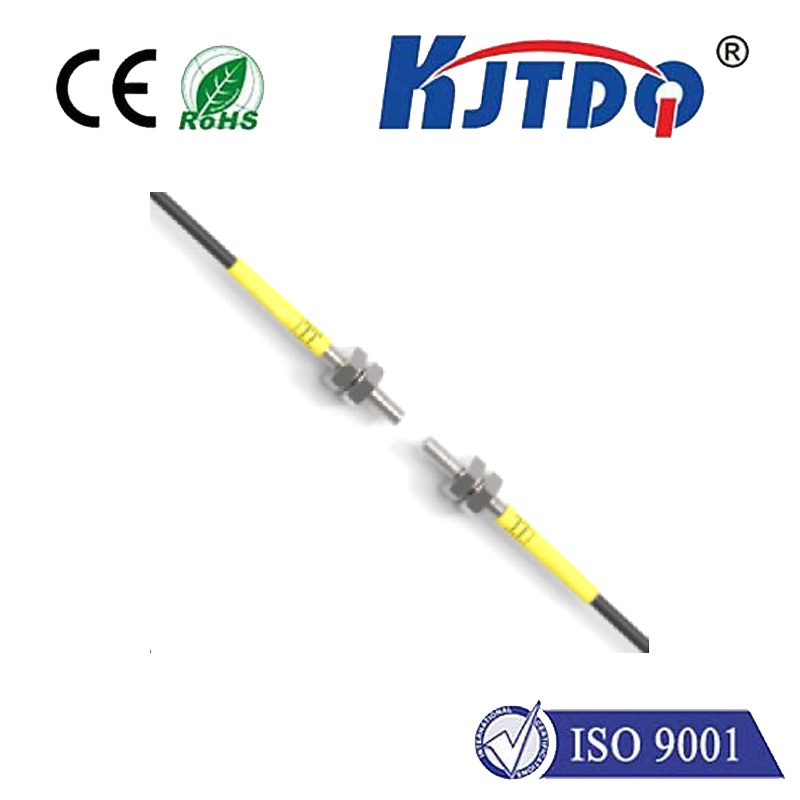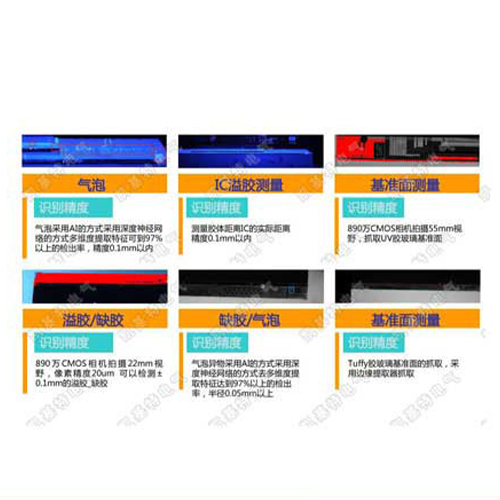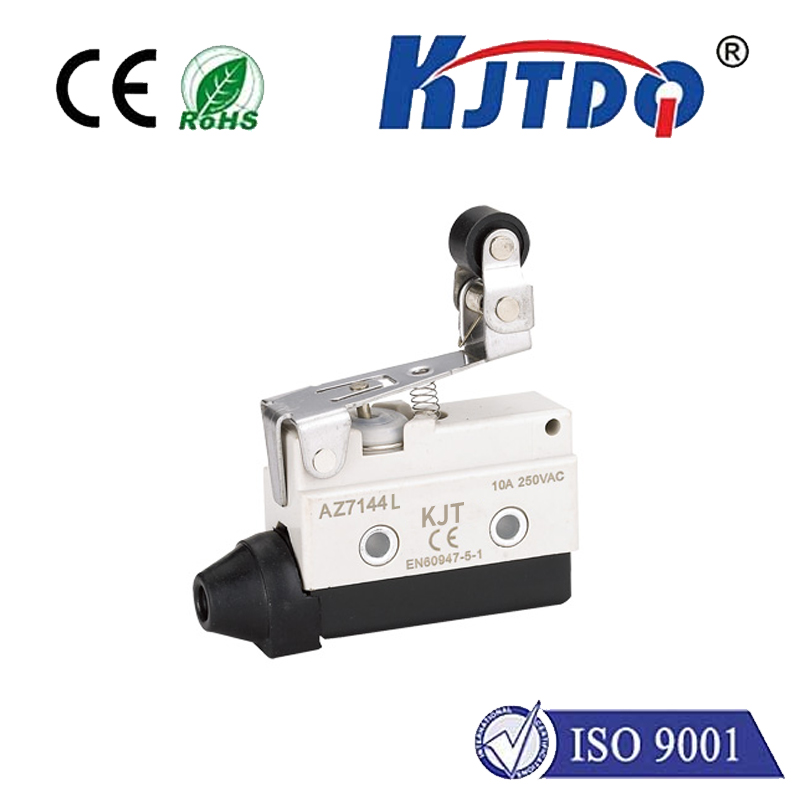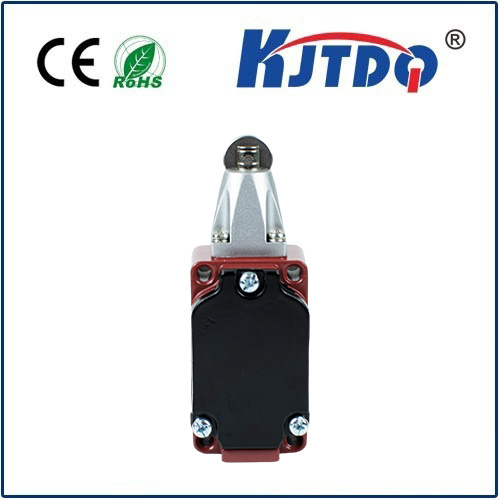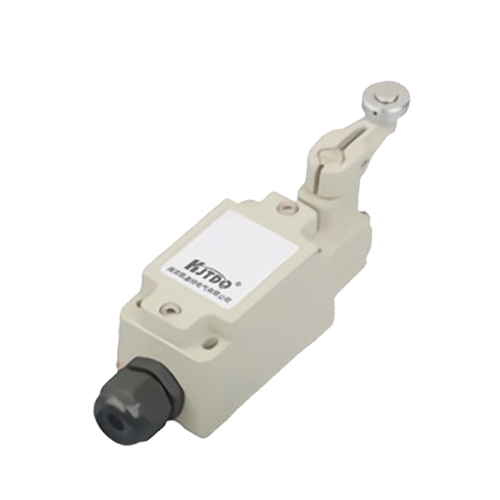

check

check

check

check
In today’s fast-paced industrial world, efficiency and precision are non-negotiable. Imagine automating a high-volume production line where every second counts—missteps in object detection can lead to costly downtime or errors. That’s where advanced sensors like the E3Z-D82 5M photo reflective sensor step in, transforming mundane processes into seamless operations. Designed for long-range applications, this cutting-edge device from Omron’s renowned E3Z series offers unparalleled reliability in detecting objects even in challenging environments. As industries worldwide shift towards smarter automation, the E3Z-D82 stands out as a game-changer, bridging the gap between modern needs and technological solutions. Let’s dive into what makes this sensor indispensable and how it can elevate your systems to new heights.
At its core, the E3Z-D82 is a sophisticated photo reflective sensor, engineered to detect objects by using a light beam that reflects off surfaces. Unlike traditional sensors that require direct contact or proximity, this model leverages infrared light emission and reception within a compact, robust housing. Operating effectively at a distance of up to 5 meters, it excels in scenarios where space constraints or dynamic movements make shorter-range sensors impractical. Built by Omron, a leader in industrial automation components, the E3Z-D82 series is celebrated for its rugged design and IP67-rated durability, ensuring resistance to dust, moisture, and vibrations. This makes it ideal for harsh settings like manufacturing plants or logistics hubs. What’s more, its straightforward installation—often via screw mounting or bracket—simplifies integration into existing setups, saving valuable time during upgrades. Key to its appeal is the sensor’s ability to deliver consistent accuracy, minimizing false triggers and maximizing operational uptime. As such, the 5M photo reflective sensor isn’t just a tool; it’s a strategic asset for optimizing performance in demanding applications.

Delving deeper, the working mechanism of the E3Z-D82 photo reflective sensor centers on a simple yet ingenious principle. It emits an infrared light beam from an integrated LED transmitter. When this beam hits an object within its specified range (up to 5 meters), the light reflects back to the sensor’s receiver component. Based on the intensity and timing of this reflection, the device accurately determines the presence, absence, or position of the target. This allows for rapid, non-contact detection—crucial for maintaining high speeds in automated systems. Distance adjustment features, such as potentiometers or digital settings, enable users to fine-tune the sensing parameters on the fly, adapting to varying object sizes or surface types without recalibration. For instance, in a bottling plant, the sensor can distinguish between clear glass and opaque containers, ensuring precise counting or alignment. This technology minimizes maintenance needs, as the emitter-receiver unit is self-contained, reducing reliance on external components. By leveraging these innovations, the E3Z-D82 5M range capability provides a reliable, energy-efficient solution that outperforms older sensors plagued by range limitations or environmental interference.
The real-world applications of the E3Z-D82 sensor span a broad spectrum of industries, highlighting its versatility in enhancing automation workflows. In manufacturing, it’s a cornerstone for conveyor belt systems, where it detects packages or parts moving at high speeds, preventing jams and optimizing flow. Think of an automotive assembly line: the sensor ensures components like wheels or panels are correctly positioned before welding, boosting efficiency by up to 30%. Similarly, in packaging and logistics, the 5M photo reflective sensor excels at long-distance monitoring of pallets or crates in warehouses, enabling seamless inventory tracking without human intervention. Food processing plants benefit, too, using it to verify fill levels or detect foreign objects on production lines, adhering to strict safety standards. Beyond these, sectors like agriculture employ the Omron sensor for equipment like seeders or harvesters, where its dust-resistant build handles outdoor conditions effortlessly. What’s remarkable is how the E3Z-D82’s compact size and easy integration facilitate retrofitting into legacy systems, making it accessible for small businesses scaling up. This adaptability translates to reduced operational costs and heightened productivity, proving why it’s a go-to choice in the competitive landscape of industrial automation.
Unpacking the advantages, the E3Z-D82 photo reflective sensor offers distinct benefits that elevate it above alternatives. Long-range detection up to 5 meters is a standout perk, allowing installations in areas where other sensors fall short—such as wide aisles or large machinery setups. Combined with high accuracy and repeatability, it reduces errors, ensuring reliable performance even with inconsistent objects or ambient lighting. Users also praise its low power consumption and extended lifespan, which cut energy bills and replacement costs over time. Maintenance is simplified by features like visual indicators for alignment and status checks, speeding up troubleshooting. Environmentally, the Omron sensor performs well under extreme temperatures or humidity, thanks to its IP67 rating, which safeguards against industrial grime or spills. Moreover, its cost-effectiveness makes it a smart investment; businesses report quick ROI through minimized downtime and enhanced throughput. For those seeking a dependable 5M range sensor, the E3Z-D82 delivers on all fronts, embodying innovation in reliability and user-friendliness.
In essence, incorporating the E3Z-D82 photo reflective sensor into your automation toolkit can drive significant improvements across various setups. Its robust design, coupled with effortless installation and calibration, empowers teams to achieve seamless operations. As industries evolve, embracing technologies like this Omron masterpiece ensures you stay ahead in the efficiency race.
